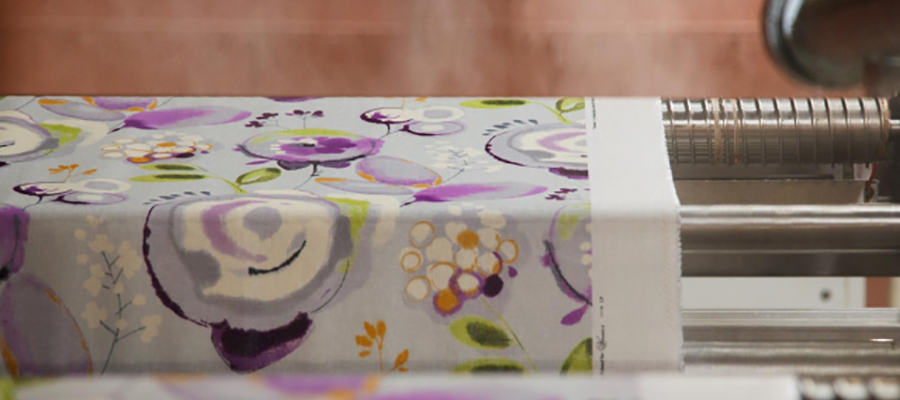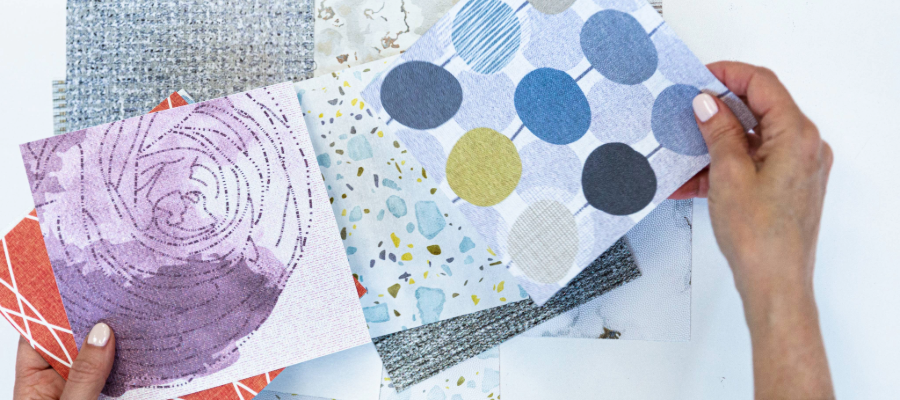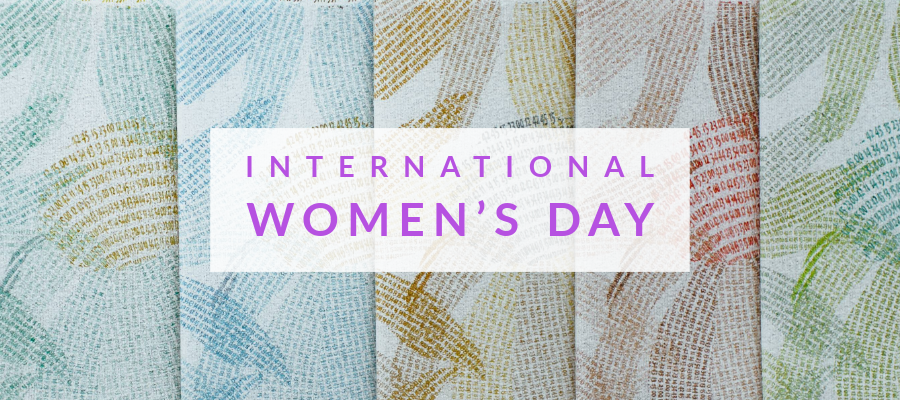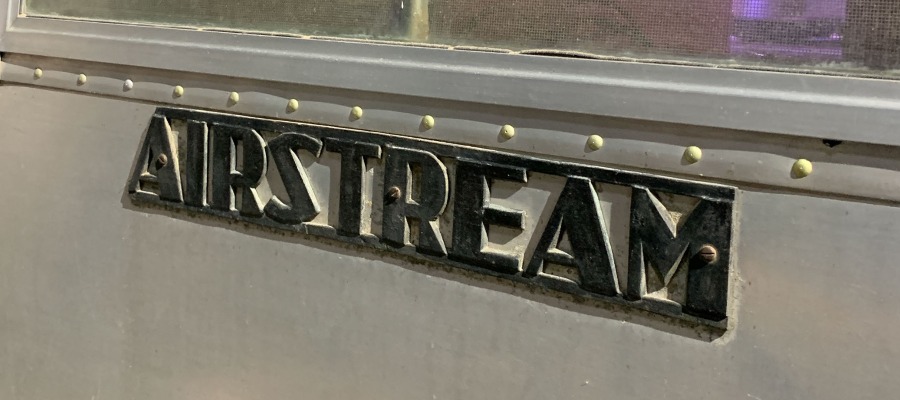
Advanced Digital Textiles Answers Questions
The technology of digital textile printing is changing at an incredible pace. As technology improves, so does capability and quality. It truly is an exciting time in the print-on-demand industry. With advances happening at breakneck speed, it’s a challenge to stay up to date. But before you even get to that, you need to know the basics of digital printing for textiles. At Advanced Digital Textiles, we use cutting edge technology to digitally print on a range of fabrics for a variety of markets. The more you know about this technology, the more you can use it to customize your projects.
How does it all begin at Advanced Digital Textiles?
Is the fabric treated prior to printing?
Fabric can be pretreated in a few different ways. A treatment can be applied to one side of the fabric with a type of knife or printed on with a pad screen or spray. Printers can buy yardage from suppliers pretreated, but at ADT we prefer to pretreat all fabrics we print on ourselves. This assures more control over quality during the process. We pretreat our fabrics using a pad applicator. This involves dipping the fabric into the pretreatment formula prior to running it through the pad. The pad applies even pressure across the fabric, ensuring the same amount of pretreatment is applied to the fabric. Next, the fabric runs on to a tenter frame to dry and batch
Can you print on both knits and wovens?
Advanced Digital Textiles specializes in printing to wovens. However, we have the ability to print on polyester knits.
Inks? Dyes? What’s going on the fabric?
What is in the inks you use? Are they pigments or dyes?
At Advanced Digital Textiles, we are currently printing with fiber reactive, low energy disperse (dye sublimation), high energy disperse (automotive), and latex. Most of these are dyes, while the latex performs like a pigment.
Fiber reactive dyes require a highly humid environment to achieve a good fixation to the fabric. To accommodate this need, we use a steam ager to create a controlled environment of near 100% humidity. After the steaming process, we run this fabric through a wash range to remove any excess dyes and pretreatment still remaining on the fabric.
The high energy disperse dyes require printing directly to a pretreated fabric, while low energy disperse dyes are applied using a dye sublimation process. Unlike the fiber reactive dyes, disperse dyes require a hot, dry environment. With direct printing, we achieve this with a heat press or a tenter frame, a process called Thermosol. Low energy dyes, however, are fixated by printing to a paper medium first and then transferring the image to fabric using heat and pressure.
What is the lightfastness of the dyes in digital printing?
Different dyes perform differently and fiber content can also play a role in lightfastness. Fiber reactive dyes, mainly used for indoor prints, are known to hit about 40 hours. Dye sublimation dyes are normally at 70-80 hours, sometimes more. Direct Disperse can be 300+ hours, with specialty dyes such as those used for automotive reach 1,000 hours and more. At ADT we use the specialty dyes of automotive for outdoor fabrics. Again, there are many factors that have a role in the performance of fabric for lightfastness, as well as other types of fastness.
What happens after it’s printed?
How is the dye fixed to the fabric after printing?
This is highly dependent on which type of ink/dye we use. Which ink or dye is used depends on the fibers in which the fabric is constructed. Generally, natural fibers such as cotton or linen, also known as cellulosic, require a fiber reactive dye. Polyester fabrics require a disperse dye. Disperse dyes are split into two categories: high energy and low energy.
What is the hand of the fabric after printing? Does it lose any characteristics such as drape?
The hand of the fabric remains the same on most of our print processes. We have realized the latex printing does add stiffness to the fabrics. However, we mainly use latex for wallcoverings such as wallpaper and Type II vinyl.
What do designers need to consider when designing?
Can you print the full width of a fabric, or do designers need to work within established repeat sizes?
Digital printing is mainly limited to the size of the fabric. While there are some limitations, such as when we try to read extremely large files, these limitations fall on the software and hardware. In general, a designer can design near the full width of the fabric and however many yards long they would like it to be. I say “near the full width” because some processes require washing and drying the fabric, which means the fabric travels on pins on a tenter frame. These pins can negatively impact a design if it is printed to close to the edge.
Is there a limitation to the number of colors when digitally printing?
We are not limited to a specific number of colors in the traditional sense. We are able to print as many color positions as one would like to include in their art. The only limitation is the chemistry of the dyes and fabric combined with the software’s calculations when set up by the print facility. There will always be shades that are not achievable within certain inksets. For example, we can hit many more shades using 8 colors in our machines than someone who may be using 4.
What about the finished design?
How fine in detail can a design be?
The detail with digital has improved remarkably over the years. In fact, the resolution has always been quite good, but the speed has improved while maintaining those resolutions over the years. Resolution is highly dependent on the quality of the artwork and the surface on which you are printing. A very smooth fabric will yield much better detail than, for example, a slubby linen fabric. Consider a glossy piece of paper versus a textured paper. The glossy paper has a smooth surface that allows each pixel to line up as the printer intends, while a textured paper would not yield as crisp an image.
Did we answer all your questions about digital textile printing? If not, let us know in the comments or DM us through Instagram. You can find additional information about Advanced Digital Textiles here or by contacting Nick Del Verme.
Share this post
Author
DESIGN/COLOR TRENDS AND AWESOME INFORMATION IN YOUR INBOX
Sign up for our monthly trend letter







